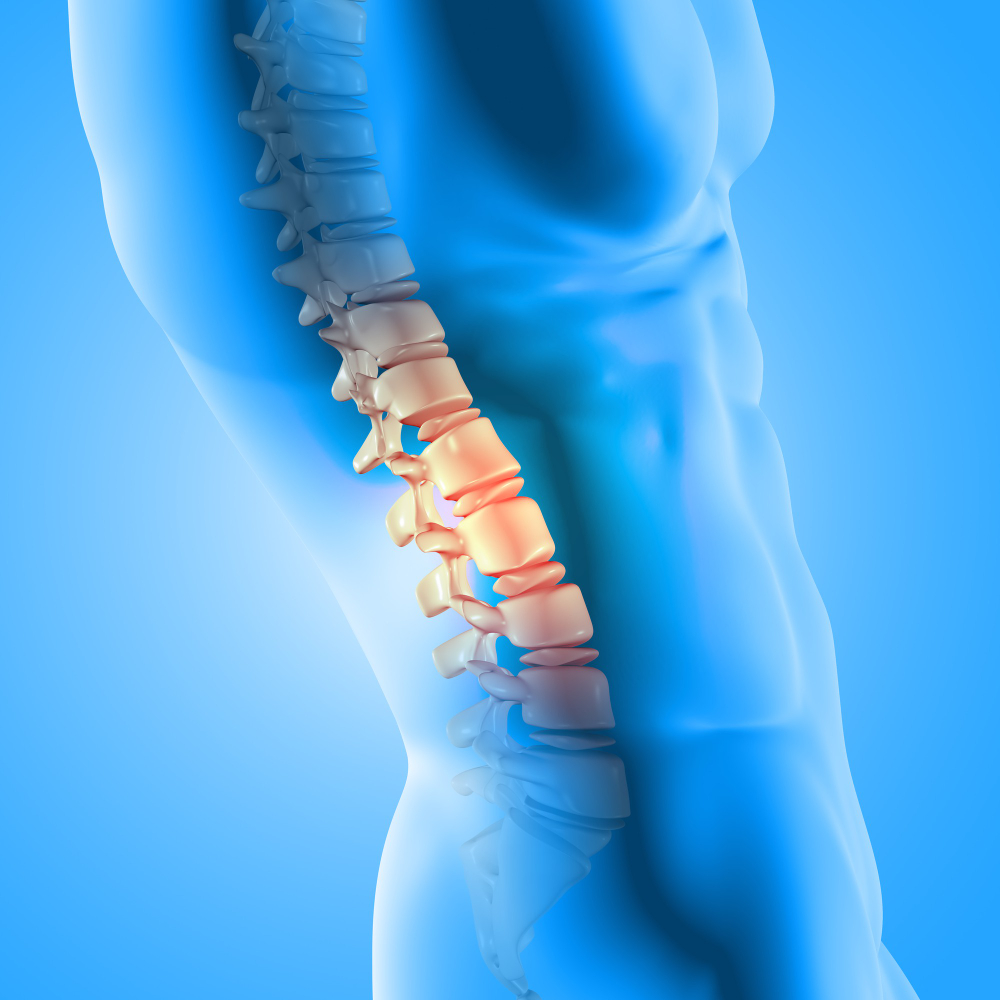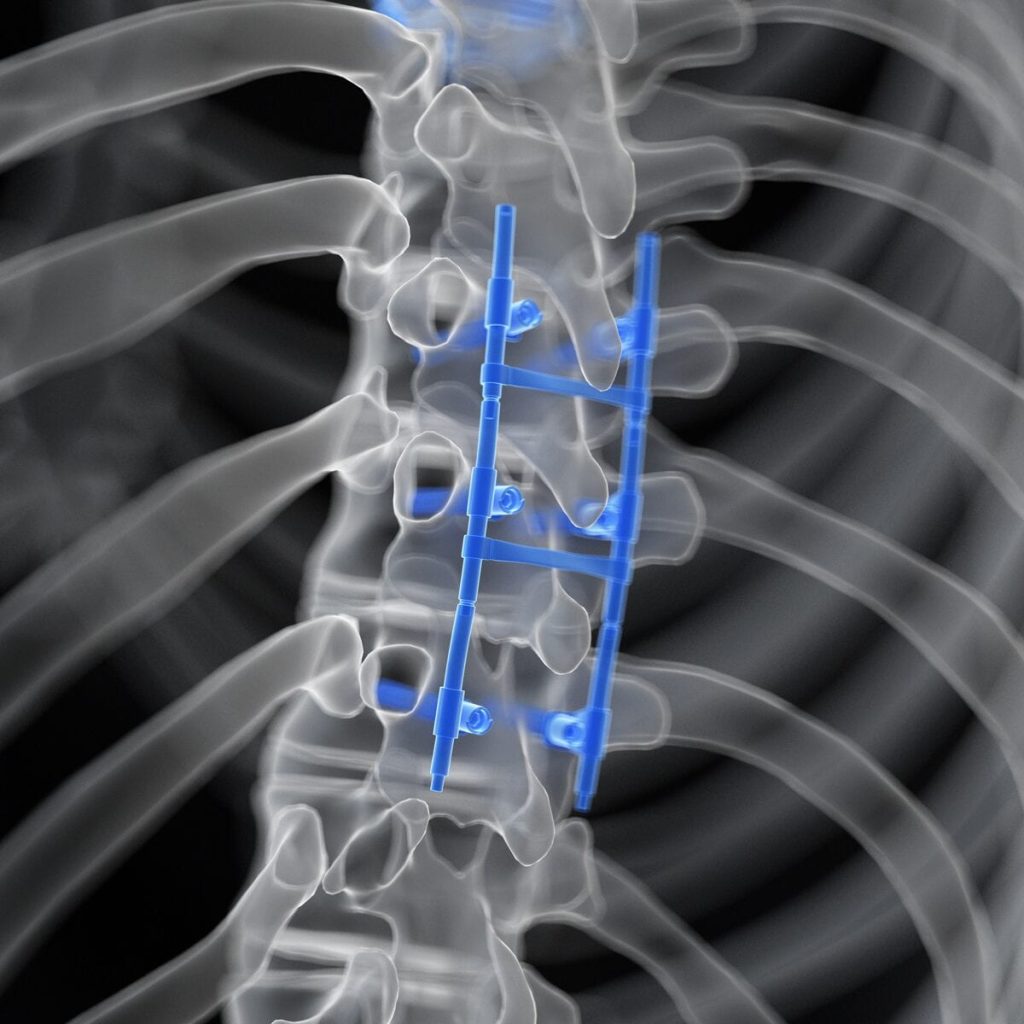What Is Spinal Fusion?
Spinal fusion is a surgical procedure that involves the permanent fusion of two or more vertebrae in the spine to eliminate any movement between them.

Extra bone is employed in spinal fusion technique to occupy the gap that naturally remains between two distinct vertebrae. As the bone mends, the gap is eradicated.
Spinal fusion is also known as:
- arthrodesis
- anterior spinal fusion
- posterior spinal fusion
- vertebral interbody fusion
Why You Need This Surgery
If your back pain has not improved with medications, physical therapy, or other treatments such as steroid injections, then you might want to consider this particular surgery. Typically, doctors will suggest this option only if they have a clear understanding of the underlying cause of the problem.
If you are experiencing back pain that is attributed to certain reasons, spinal fusion is a procedure that could potentially alleviate your discomfort.
- Degeneration of the disks occurs when the space between them decreases and they may also come in contact with each other.
- Fracture (broken spinal bone)
- Scoliosis is a condition wherein your spine deviates from its normal alignment and curves excessively towards one side.
- The spinal canal becomes narrower in cases of spinal stenosis.
- Spondylolisthesis refers to the displacement of a spinal disk in a forward direction.
- Tumors or spine infection

What happens during spinal fusion?
Your healthcare professional can provide you with information about the specifics of your surgery tailored to your injury and the surgical procedure. The surgical procedure will be carried out by a team of specialized nurses and an orthopedic surgeon, and the duration of the surgery may be a few hours. Generally speaking, the following can be anticipated:
- You will receive anesthesia to help you sleep and prevent any pain or discomfort while undergoing surgery.
- During your surgery, close attention will be paid to your crucial signs, such as your heart rate and blood pressure. To assist with breathing, a tube may be placed in your throat while the procedure is being performed.
- Antibiotics may be administered before and after the procedure to avoid any potential infection.
- Typically, your physician will create a minor cut, often located on either your back or flank.
- By using specific instruments, the person will stretch your muscles in the back, displacing them.
- The intervertebral disc located between the vertebrae causing the issue will be extracted by the surgeon.
- A substance will be inserted between your vertebrae by the person performing the procedure. This substance may be bone or an artificial substance resembling bone.
- Your physician might utilize specific screws or other substances to steady your bones in their original position.
- If required, your surgeon will make additional repairs.
- Your incision will have its surrounding skin layers closed by surgery.
After the Procedure
After your surgery, it is possible for you to remain in the hospital for a duration of three to four days.
In the hospital, you will be provided with pain relief medication. The medication can be taken orally, injected, or administered through an IV. You may also be given a pump that enables you to manage the amount of pain medication you receive.
You will receive instructions on the appropriate way to move, as well as how to sit, stand, and walk correctly. The “log-rolling” method should be utilized when exiting the bed, which involves moving your entire body simultaneously and avoiding any unnecessary twisting of your spine.
For a span of 2 to 3 days, you may not be allowed to consume solid food and instead, you will receive nutrients intravenously while being provided with more easily chewable food. As you exit the hospital, it may be necessary for you to wear a back brace or be in a cast.

Recovery from spinal fusion
Following your spinal fusion surgery, it will be necessary for you to remain in the hospital for a specific duration of time to recover and be monitored, which commonly ranges between three to four days. At first, your physician will keep a watchful eye on you to ensure you do not have any adverse reactions to the anesthesia or the operation. Your discharge will be determined based on various factors, including your overall physical health, your doctor’s policies, and how well you respond to the treatment.
During your stay in the hospital, you will be provided with pain relievers and be given guidance on modified movements, as you may have limited flexibility. It is possible that you may need to acquire new skills to walk, sit and stand with caution. Additionally, it may take a few days before you can consume solid food as part of your regular diet.
After being discharged from the hospital, it may be necessary for you to utilize a brace to maintain proper spinal alignment. It is possible that you will not be able to return to your regular routine until the bone has fully fused which could require six or more weeks. Your physician may suggest physical rehabilitation to assist with back strengthening and safe movement techniques.
Achieving complete recuperation following spinal fusion surgery typically requires a duration of three to six months. The swiftness of your recovery and your capability to resume routine functions is determined by your age, general fitness, and physical state.
Treatment in Türkiye:
The medical staff of surgical teams, doctors and consultants in Rehab Türk can provide the best treatment options and free consultations – by striving to keep abreast of the latest medical technologies and methods.
